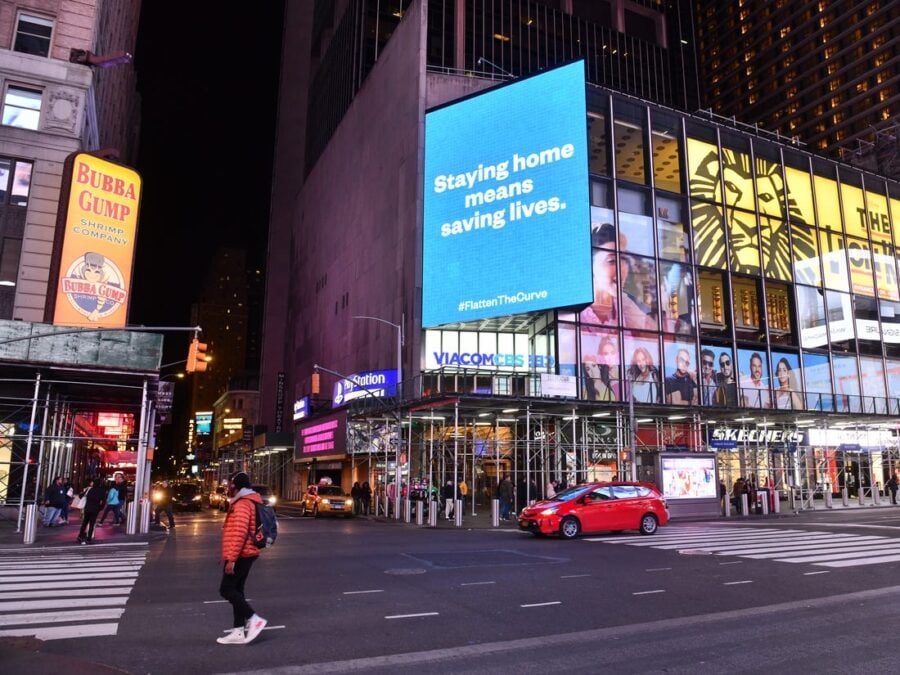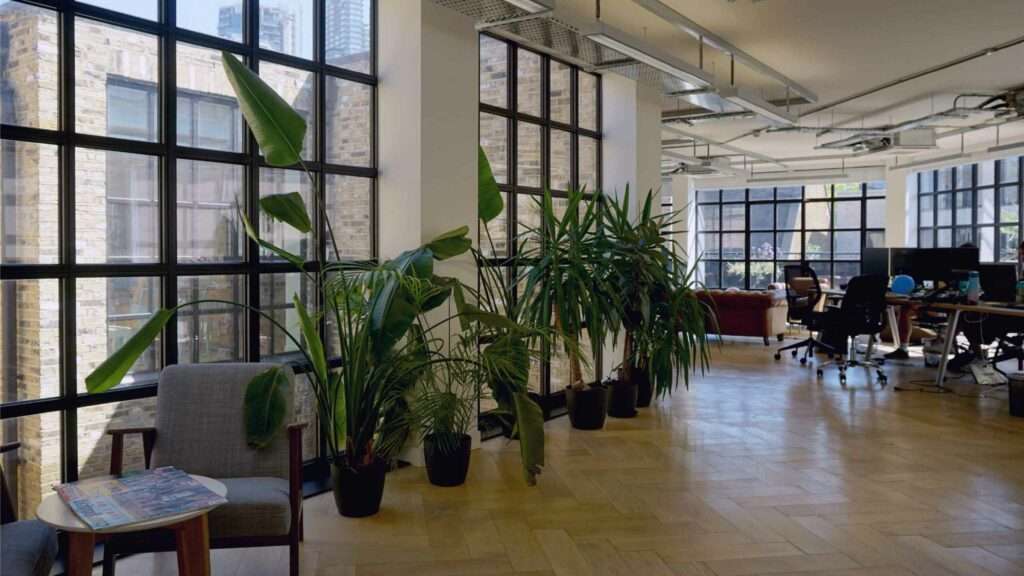
How To Future-Proof Your Media Plans In The Wake Of COVID-19
Flicking back through the ‘Predictions for Advertising in 2020’ articles written last December, not one predicted that by the end of Q1 we’d be in the midst of a global Coronavirus pandemic, a civil rights revolution and the largest economic contraction on record. WIth economic panic generally affecting marketing budgets first and most severely, we’re all familiar with the conversation with brands who have put everything on hold in the short and medium term. So moving forward, how can you create media plans that are adaptable and continue to drive results regardless of the economic climate?
Digitisation is an Opportunity
Transactionally, more traditional media channels are moving towards real-time buying, albeit at different paces. With the ‘digitisation’ of more media types, including audio, TV and even OOH, the demand is there from buyers to focus on impression-based buy types as opposed to ‘upfront’ models. These buying types allow for higher-performing media plans whether in a period of instability or not. Shorter cancellation/deferment periods combined with being able to move budget more freely to help you meet your KPIs mean that you should be seriously considering allocating a % of budget per channel to digital buying.
Prioritise digital skills and teams
Traditional buying models have proven inefficient for all sides of the supply chain during COVID-19. Media owners have had to review T&Cs in light of force majeure and to encourage more buying in the latter half of 2020. On the opposite side, advertisers spent the first few weeks of lockdown panicking about running campaigns that nobody could see or that their messaging/product just wouldn’t resonate anymore, rendering their planned campaigns moot.
Never has programmatic buying been more useful, but planning teams are still largely centred around the traditional media planning models and metrics such as GRP. To get the most out of your media plans for 2020 and beyond, your planners need to be fully trained in the digital funnel and metrics and how offline and online media can work together to form a flexible, measurable media plan.
This also pushes back into your digital teams. As more ‘traditional’ media types become digitised, digital teams need to get more comfortable with the ‘softer’ metrics used for branding campaigns, such as uplift. They need to work to educate themselves about full funnel attribution outside of the digital only attribution that tends to be reviewed. Only when marketing teams are integrated and no longer broken out by digital and traditional media will the real opportunity of flexible media planning be realised.
Test & Learn with Creative
Flexibility can also be added into plans via. the creative. By focusing on digital formats, lead times are shorter and the message can be altered to reflect current sentiment more easily. A perfect example of this in action are the digital bus shelter ads by Emily’s Crisps in London.
The messaging was able to be changed at a short time before the ad was due to be placed, leading to this inventive ad which drove digital engagement way outsripping the reach of the runner and a pigeon who saw it.
Once you are digital, dynamic creative can help drive performance through testing and reactivity and is a must for any programmatic campaign.
Whilst the pandemic has put a lot of businesses (and lives) on hold, this has been an invaluable opportunity to review media planning and buying methods in ways that will not only help performance in future periods of instability, but also when the going’s good.


